Charleston Currents #12.34 | July 13, 2020
MORNING LIGHT CATCHES FLAG. Early morning light along Betsy Road in West Ashley lit up this American flag. In the background is a tunnel of trees like many found across the Lowcountry. If you’ve got a photo our readers should see, send it along to: editor@charlestoncurrents.com. Photo by Andy Brack.
 TODAY’S FOCUS: Staff craftsmen to fix Magnolia’s iconic white bridge
TODAY’S FOCUS: Staff craftsmen to fix Magnolia’s iconic white bridge
COMMENTARY, Brack: Beware of an October surprise from pandemic
IN THE SPOTLIGHT: SCIWAY
PALMETTO POEM, Mungin: Jim Crow
NEWS BRIEFS: Trident Literacy Association gets major grant
FEEDBACK: Send us your thoughts
MYSTERY PHOTO: Some kind of construction going on
CALENDAR: Hendrix to talk about new book on 6 p.m. Thursday Zoom call
S.C. ENCYCLOPEDIA: Charles Townes with an “s”
Staff craftsmen to fix Magnolia’s iconic white bridge
Staff reports | It will be another two months before visitors can walk over the iconic white bridge at Magnolia Plantation and Gardens. It will take that long for skilled staff craftsmen to fix it after a tree fell on it last week.
“It was a maple tree at the water’s edge and obviously it was bad on the inside,” said attraction director Tom Johnson. “With all of this rain and stuff, it kind of half uprooted and fell on our bridge.”
The tree had not been on the staff’s radar screen as being a potential problem so it was a pretty big surprise when it fell, Johnson said.
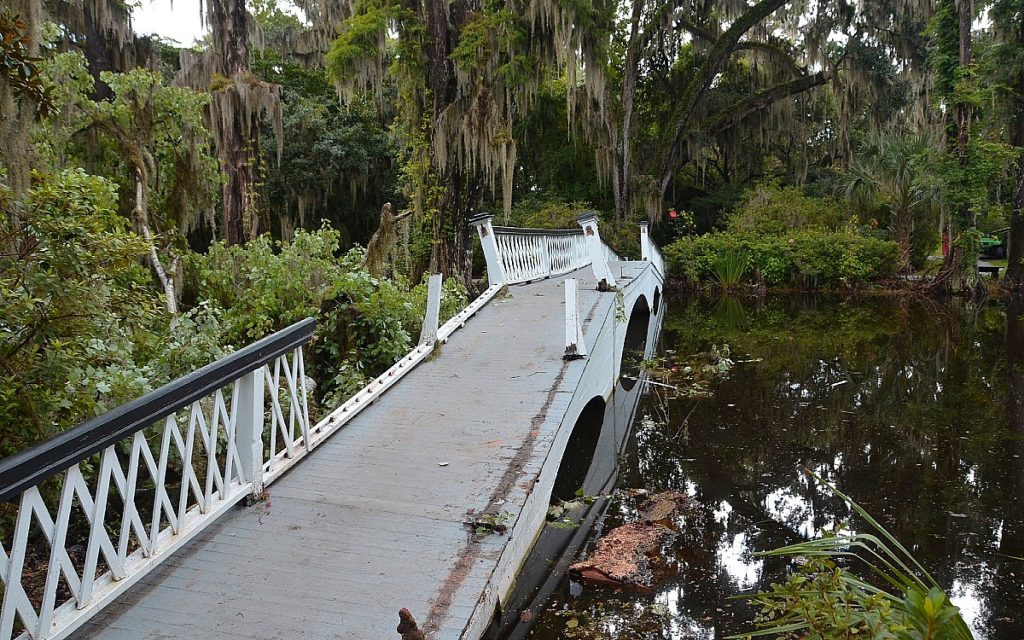 Fortunately, most of the damage was superficial. The much-photographed bridge, built back in the 1840s, remains structurally sound.
Fortunately, most of the damage was superficial. The much-photographed bridge, built back in the 1840s, remains structurally sound.
“We pulled the decking off and found the main structure is solid,” he said. “It’s made of 1-foot-by-1-foot cypress posts driven 16-feet down into the ground. Can you imagine that — 16 feet that far back? There’s been some extra bracing done since Hurricane Hugo” 31 years ago.
Johnson said his team had planned to restore the bridge prior to last week’s damage because some of the railing had loosened.
“We just didn’t get to do it in our timeline,” he said. “We’re having to do it on the universe’s timeline.”
He said his team was sourcing cypress timber to replace what was damaged. After that, it will take four to six weeks to repair the bridge. If everything goes as planned, it will be open again by mid-September.
The plantation and gardens, one of the region’s most popular attractions, is open seven days a week. Tours have resumed, but at diminished capacity to provide social distancing. Visitors have to get their temperatures taken and complete a medical questionnaire to be admitted. To learn more about what’s going on at Magnolia, click here.
BRACK: Beware of an October surprise from pandemic
By Andy Brack, editor and publisher | British thinker and science writer Matt Ridley has a reminder for anyone looking for a quick fix for coronavirus: Innovation takes time.
 In what may be the most impactful and important non-fiction book of the year, Ridley’s “How Innovation Works” says we’ll eventually figure out how to deal with the deadly virus, but it won’t happen overnight.
In what may be the most impactful and important non-fiction book of the year, Ridley’s “How Innovation Works” says we’ll eventually figure out how to deal with the deadly virus, but it won’t happen overnight.
“As always with innovation, trial and error will decide, but the chances that none of them [potential cures] can cure or ameliorate this disease are small,” writes Ridley in a new afterword of the book, first published in May. “One way or another we will eventually escape from this nightmare and resume economic activity.”
Ridley is an award-winning writer who also happens to be a libertarian and member of Britain’s House of Lords. A columnist for The Times of London and The Wall Street Journal, he collects and interprets research on science, economics and prosperity to explain complicated stuff, such as how ideas and innovation power our society.
What’s most compelling about his new book is it has a pretty clear lesson for anybody who suggests a COVID-19 cure is just around the corner. It may be, he says. But again, it also may not be — because innovation works on its own schedule.
For us, the book teaches any politician or pundit who promises an antiviral therapy, vaccine or miracle cure by the end of the year is either filled with malarkey or spinning political hocus-pocus in what is, remember, an election year. Don’t be shocked if there’s some kind of pandering political surprise in October.
Right now, what’s most worrisome, Ridley warns, is that our current way of developing something like a vaccine is too cumbersome and expensive, often punctuated with bureaucratic hurdles and medical landmines. Governments tend, he says, to get in the way of private companies that can innovate. But in an unfortunate twist, those very same companies generally don’t spend enough time developing vaccines because it’s expensive and not profitable in the short term.
“By far the biggest failure of the 2020 pandemic is the failure to have done enough innovation in the field of vaccines,” Ridley wrote.
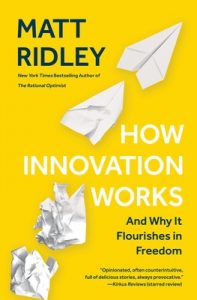 He explains the difference between innovation and invention by using a quote from Charles Townes (1915-2015), a Nobel Prize-winning physicist born in Greenville who was critical in the development of the laster.
He explains the difference between innovation and invention by using a quote from Charles Townes (1915-2015), a Nobel Prize-winning physicist born in Greenville who was critical in the development of the laster.
Townes often pointed to an old cartoon of a beaver and a rabbit looking at the Hoover Dam, Ridley wrote. “‘No, I didn’t build it myself,’ says the beaver. ‘But it’s based on an idea of mine.’” An inventor, Ridley explains, may come up with a really good idea that solves a huge problem, such as how to use steam to power an engine or how to use electricity to produce light. But an innovator, through hard work, perspiration, determination and sheer force of will, ferrets out how to make it work in an affordable, easy-to-use manner. For example, several inventors figured out how to make a light bulb, but it took innovator Thomas Edison and his team of scientists to test more than 6,000 plant materials to find the ideal carbon filament to make a bulb really work.
“Edison understood better than anybody before, and many since, that innovation is itself a product, the manufacturing of which is a team effort requiring trial and error,” Ridley wrote.
While the applied sciences of innovation eventually will rout the virus, Ridley says something else has happened as people socially distance and have started to wear masks to protect themselves and others: Other kinds of innovation are occurring.
Before the pandemic, online meetings were possible, but not ubiquitous. But now, Zoom meetings are routine because they’re easy. Twenty years ago, online shopping was terrible; broadband didn’t exist. But as people hunker down in homes,, they can avoid a lot of out-of-house activity by ordering in directly.
In the days ahead, productivity likely will accelerate thanks to innovations, Ridley says. More data will be shared. Cash will become less important. Technology will improve delivery of health care.
And a coronavirus cure of some sort is on the way. But it may not be in time for an election. So watch out for an October surprise.
- Andy Brack is editor and publisher of Charleston Currents. Have a comment? Have a comment? Send to: editor@charlestoncurrents.com.
SCIWAY
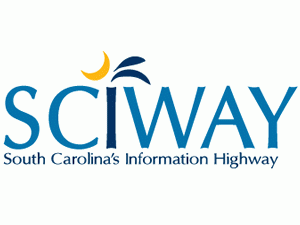 The public spiritedness of our underwriters allows us to bring Charleston Currents to you at no cost. Today we shine our spotlight on SCIWAY. Pronounced “sky-way,” SCIWAY is South Carolina’s Information Superhighway — the largest and most comprehensive directory of South Carolina information on the Internet. It includes thousands of links to other South Carolina Web sites, including Charleston Currents, as well as an amazing collection of maps, charts, articles, photos and other resources.
The public spiritedness of our underwriters allows us to bring Charleston Currents to you at no cost. Today we shine our spotlight on SCIWAY. Pronounced “sky-way,” SCIWAY is South Carolina’s Information Superhighway — the largest and most comprehensive directory of South Carolina information on the Internet. It includes thousands of links to other South Carolina Web sites, including Charleston Currents, as well as an amazing collection of maps, charts, articles, photos and other resources.
- To learn more about this extraordinary information hub that 7 million people visit a year, go to: http://www.SCIWAY.com.
- To meet all of our underwriters, click here.
Jim Crow
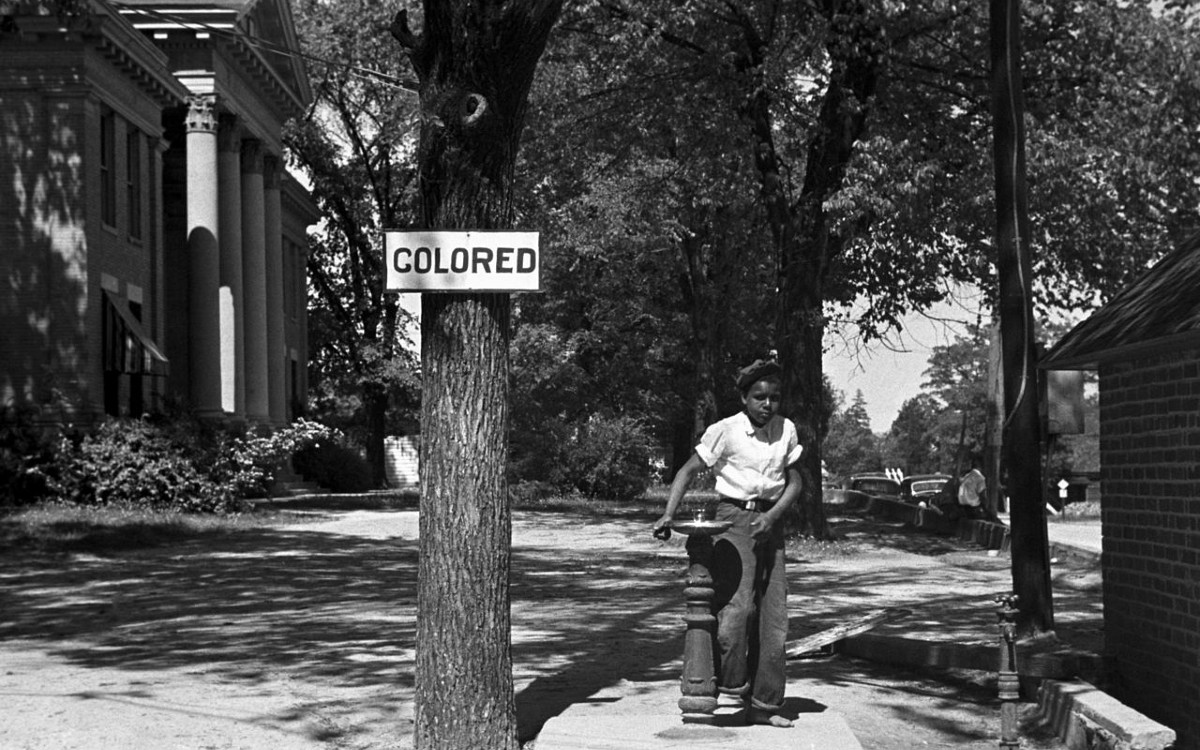
Halifax County, N.C., 1938. Public domain photo via Wikipedia.
By Horace Mungin, special to Charleston Currents
Jim Crow where freedom can’t fly
Jim Crow where light can’t shine
Jim Crow where Justice is denied
Jim Crow was born in the South
Jim Crow was raised in the West
Jim Crow was schooled in the East
Jim Crow worked in the North
Jim Crow flourished in
The United States of America
Restricting black lives and progress
For a hundred years
Jim Crow in schools
Jim Crow in jails
Jim Crow in banks
Jim Crow in hospitals
Jim Crow in the work places
Jim Crow in public transportation
Jim Crow at the lunch counters
Jim Crow justice
Jim Crow water fountains
Jim Crow housings
Jim Crow text books
Jim Crow preachers
Jim Crow teachers
Jim Crow judges
Jim Crow police
Jim Crow Reconstruction
Jim Crow Birth of a Nation
Jim Crow white lynch mob
Jim Crow Poll taxes
Jim Crow separate but equal
Jim Crow miscegenation
Jim Crow Bible
Jim Crow Stifling
Jim Crow white knight of the Ku Klux Klan
Then came the Civil Rights Movement
Chipping away at Jim Crow
Chiseled it down to Jim Crow lite
Jim Crow weakened and a black
President was elected
Creating the inevitable white backlash
In 2016 down on its dying bed
Jim Crow heaved a disparate reprieve
To puke out the four-year campaign
Called Make America Great Again
Jim Crow, Jim Crow
Jim Crowed to the end.
Horace Mungin, born in Hollywood, S.C, is a writer and poet from the period known as the Black Arts (1965 -1975) Movement. Mungin, who now lives in Ridgeville, is founder of Black Forum Magazine, a once nationally popular, literary publication created during the Black Arts Movement and now featured in a permanent exhibition at the Smithsonian’s National Museum of African American History and Culture in Washington, D.C. Mungin is the author of 13 books. Our monthly Palmetto Poem section is curated by Marjory Wentworth, South Carolina’s poet laureate.
Trident Literacy Association gets major grant
Staff reports | Trident Literacy Association will use a $150,000 grant to provide intensive case management to help adult students through a program to help them get a high-school degree and build job skills competencies. The grant is from Power:Ed, a philanthropic arm of the S.C. Student Loan Corporation.
“These funds will enable Trident Literacy to implement an evidence based model of adult education that will be transformative for our most vulnerable students,” said Eileen Chepenik, executive director of the association, in a news release. ”The holistic, student-centered approach made possible by this grant will help them successfully navigate a career pathway that will have a life-changing impact for generations to come.”
Power:Ed awards grants through a competitive application and review process.
“We are delighted to support the Pacesetters in Adult Education Program of the Trident Literacy Association, an extremely worthwhile and important project,” says Sara Fisher, director of Power:Ed. “At Power:Ed, our vision is to work with partners that strive to eliminate educational barriers, create opportunities and change the lives of many of our South Carolina residents. The Trident Literacy Association is doing exactly that, and we are proud to be a part of this initiative.”
Also in the news:
![]() Time to pay taxes. The S.C. Department of Revenue matched the IRS in extending the deadline for 2019 tax returns to July 15. Both will be due next week. Read more. According to S.C. Revenue and Fiscal Affairs Director Frank Rainwater, tax payments will help the state get a clearer picture of revenue impacts for the 2020-2021 budget that lawmakers plan to draft in September.
Time to pay taxes. The S.C. Department of Revenue matched the IRS in extending the deadline for 2019 tax returns to July 15. Both will be due next week. Read more. According to S.C. Revenue and Fiscal Affairs Director Frank Rainwater, tax payments will help the state get a clearer picture of revenue impacts for the 2020-2021 budget that lawmakers plan to draft in September.
Tax holiday is set for August. The state’s annual sales tax holiday will run from Aug. 7 to Aug. 9 across the state. You can get computers, clothes and school supplies — just a few of the long list of items — during the 72-hour period without paying sales tax. Find shopping lists and learn more here.
Charleston launches Citibot. The city now offers this new tool as an interactive text messaging and customer service tool for civic engagement. Citizens can also use Citibot to report issues, including potholes, broken street signs, or missed garbage or trash pickups, via an interactive chatbot that instantly responds to text messages and follows up once the issue has been resolved. To start a conversation with Citibot, Charleston residents can text “hello” to 833-990-2427.
Trident United Way awards grants. Community engagement grants worth a total of $25,000 were split into roughly equal portions to eight groups: Bridges for End-of-Life, Charleston Pro Bono Legal Services, Inc., Charleston Promise Neighborhood, Kingdom Restoration Community Development Corporation, Metanoia, Shifa Free Clinic, Teach for America South Carolina, and Wake UP Carolina. The grants are part of an annual community outreach to help grassroots groups for special, one-time events. Trident United Way has awarded $225,000 in engagement grants to 37 organizations since 2016, according to a press release.
Curbing virus and reopening schools: Reopening school has become a central focus from the Statehouse to the White House as politicians seek to save a floundering economy, Statehouse Report said in a Friday news story.
“The thing we’re the most focused on is how do we get the economy moving as quickly as we can to increase jobs, increase people’s pay and get children back in school?” said state Rep. Kirkman Finlay, the Columbia Republican who chairs the House COVID-19 Employment, Workforce and Business Recovery Committee.
But coronavirus cases are still soaring in South Carolina, leading medical experts to caution that the state needs to reel in the virus before reopening schools.
Data showed this week that Arizona, Florida and South Carolina led the world in coronavirus cases per capita. As of Thursday, South Carolina had 50,548 confirmed cases with more than 20 percent of those tested being positive for the virus. There have been 898 confirmed deaths linked to the coronavirus. State health officials predict that the death toll will soar to nearly 3,000 by Oct. 1.
Statehouse Report’s Lindsay Street contributed to this section. Have a comment? Send to: editor@charlestoncurrents.com
Got something to say? Let us know by mail or email
We’d love to get your impact in one or more ways:
Send us a letter: We love hearing from readers. Comments are limited to 250 words or less. Please include your name and contact information. Send your letters to: editor@charlestoncurrents.com. | Read our feedback policy.
Tell us what you love about the Lowcountry. Send a short comment – 100 words to 150 words – that describes something you really enjoy about the Lowcountry. It can be big or small. It can be a place, a thing or something you see. It might be the bakery where you get a morning croissant or a business or government entity doing a good job. We’ll highlight your entry in a coming issue of Charleston Currents. We look forward to hearing from you.
Some kind of construction going on
Here’s a scene with some kind of construction — like that doesn’t happen often across the Lowcountry these days. But where and, better yet, what is it? Send your best guess to editor@charlestoncurrents.com. And don’t forget to include your name and the town in which you live.
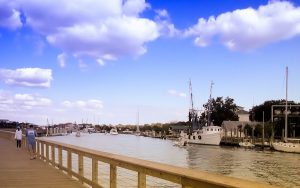 Our most recent mystery, “Marine scene,” showed a boardwalk and shrimp boat along Shem Creek in Mount Pleasant. Several readers correctly identified the photo, including: Chris Brooks and Meredith Nelson, both of Mount Pleasant; Joe Mendelsohn of Charleston; Allan Peel of San Antonio, Texas; Marnie Huger of Richmond, Va.; and George Graf of Palmrya, Va.
Our most recent mystery, “Marine scene,” showed a boardwalk and shrimp boat along Shem Creek in Mount Pleasant. Several readers correctly identified the photo, including: Chris Brooks and Meredith Nelson, both of Mount Pleasant; Joe Mendelsohn of Charleston; Allan Peel of San Antonio, Texas; Marnie Huger of Richmond, Va.; and George Graf of Palmrya, Va.
Graf told us that Shem Creek was known as Distillery Creek in the early 1800s when “a short-lived distillery built along the creek’s shoreline. Between ownerships, it was always referred to as Shem Creek and the name remains today. Shem Creek flows through the heart of Mount Pleasant and is known for its many waterfront bars and restaurants. It also offers a variety of leisure activities including fishing, boating, kayaking, and paddleboarding. The banks of Shem Creek were originally inhabited by Sewee Indians. Its name is thought to derive from the Native American word Shemee.”
Peel added, “Shem Creek Park features a 10-foot wide, 2,200-feet long wooden boardwalk that stretches from the mouth of the creek in Charleston Harbor to the Shem Creek Bridge at Coleman Boulevard. Open daily to the public, the park offers 250 feet of floating dock space, a commercial fishing dock and both pedestrian and local water taxi access to many of the Lowcountry’s favorite waterfront bars and restaurants.
“By the mid-1940s, shrimping had grown into one of the most important industries in the area and several seafood companies had been established along Shem Creek. During the 1970s, it was common to see several dozen shrimp boats flanking either side of the creek. However, with the advent of more government regulations on the shrimping industry, which led to illegal shrimping operations and cheap shrimp being imported from China, local shrimpers began finding it increasingly difficult to make a living off of the waters around the area. Sadly, a modern-day view of Shem Creek, as in today’s mystery photo, usually reveals fewer than ten shrimp boats lined up along the creek.”
- Send us a mystery: If you have a photo that you believe will stump readers, send it along (but make sure to tell us what it is because it may stump us too!) Send it along to editor@charlestoncurrents.com.
Hendrix to Zoom about new book 6 p.m. Thursday
Staff reports | Author Grady Hendrix will discuss his new book, “The Southern Book Club’s Guide to Slaying Vampires,” in a Zoom call with Buxton Books at 6 p.m. Thursday.
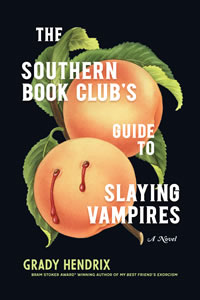 Hendrix, a Charleston native who lives in New York, writes fiction and nonfiction. He is a founder of the New York Asian Film Festival. His latest novel is a bestseller being turned into a television series by Amazon.
Hendrix, a Charleston native who lives in New York, writes fiction and nonfiction. He is a founder of the New York Asian Film Festival. His latest novel is a bestseller being turned into a television series by Amazon.
“Learn why Hendrix sets his page-turning novel in Charleston’s Mount Pleasant, how his own mother helped to inspire the book, and much much more,” the bookstore exclaimed in an email invitation.
You can join the call by sending an RSVP by email to hello@buxtonbooks.com or by phoning 843-723-1670.
Also on the calendar:
Safe Sounds at Firefly. You can enjoy these shows at a socially-distanced concert series every Friday and Saturday night through mid-July:
- July 18 – The Reckoning
- July 25 – Natty Grass
Tickets for the events are limited to 500 and no more than four tickets can be purchased at a time. Each set of four tickets will secure a spot in a 10-by-10 square, separated on all sides by 8 feet. Guests are encouraged to bring blankets and chairs to enjoy the concert. You are not allowed to bring dogs, children, and outside food and drink. Tickets are available now to anyone 21 and over at citypapertickets.com. Shows will begin at 7 p.m., with doors at 6 p.m.
Redux show: Through July 24. Redux Contemporary Art Center offers Creative Corridors: The Annual Redux Studio Artist Exhibition through July 24. The Annual Studio Artist Exhibition is an opportunity for Redux resident artists to showcase a sample of their work, as it relates to a specific prompt and is curated as a group exhibition in Redux’s main exhibition space. The exhibition is open Mondays and Wednesdays from 11 a.m. to 4 p.m. and Fridays from 11 a.m. to 3 p.m. More.
Online offerings:
- Spoleto at Home offers virtual programming through June 5 that you can enjoy from the comfort and safety of your own living room! Tune in for original concerts, best-of Chamber Music hits, and insightful conversations with Festival artists. All programs are free to experience; no tickets required. Click here to find more fun stuff to do.
- Gibbes Museum. You can enjoy lots of local art offerings through the website and social media accounts of the Gibbes Museum. At 10 a.m. on weekdays, the museum posts virtual readings and workshops on Facebook. Find more online.
- Avian Conservation Center. Access videos and live streaming presentations online to learn about what’s going on at the Center for Birds of Prey.
- Around the world. You can visit 500 museums across the world online through this Google amalgamation of sites.
If you have any online events, drop us a line (editor@charlestoncurrents.com) and make sure to put “Online event” in the subject line. Similarly, if you’ve got cool ideas for stuff to do while in isolation at home, send them our way.
Charles Townes with an “s”
(He isn’t namesake of state park in West Ashley, but is famous)
Nobel laureate Charles Townes was born in Greenville on July 28, 1915, the second of six children born to Henry Keith Townes, an attorney, and Ellen Hard. He grew up on a farm and was interested in natural history from an early age. Townes visited the collections of the Charleston Museum and was fascinated by the differences in plants and animals he saw on the shore and in tidal inlets and those of his own Piedmont region. He attended Greenville public schools and Furman University, where he received a bachelor of science in physics and a bachelor of arts in modern languages, graduating summa cum laude in 1935. Townes completed work for a master of arts in physics at Duke University in 1936 and entered graduate school at the California Institute of Technology, where he received his doctorate in 1939. He married Frances H. Brown of New Hampshire on May 4, 1941. The couple has four daughters.
As a member of the technical staff of Bell Telephone Laboratories from 1939 to 1947, Townes designed radar bombing systems during World War II. He subsequently joined the faculty of Columbia University, where he served successively as associate professor, professor, and chairman of the physics department from 1948 to 1961. From 1959 to 1961 Townes was vice president and director of research of the Institute for Defense Analysis in Washington, D.C., and then served as provost and institute professor at the Massachusetts Institute of Technology from 1961 to 1966. Since 1967 Townes has been a professor at the University of California, Berkeley. He became university professor emeritus in 1986 and professor in the Graduate School in 1994.
Townes’s principal scientific work has been in microwave spectroscopy, nuclear and molecular structure, quantum electronics, radio astronomy, and infrared astronomy. He holds the original patents for the maser and the laser, the latter of which he shares with his brother-in-law, Arthur L. Schawlow. Townes conceived the idea of the “maser” (an acronym for “microwave amplification by stimulated emission of radiation”) in 1951 and achieved the first amplification and generation of electromagnetic waves by stimulated emission in 1954. Four years later Townes and Schawlow suggested that masers could be made to function in the optical and infrared region. They dubbed these optical and infrared masers “lasers” (“light amplification by stimulated emission of radiation”). His pioneering work with masers and lasers earned Townes the Nobel Prize in physics in 1964.
During much of his career Townes has been a government adviser. In 1960 he was a founding member of the Jasons, a group of scientists who provide advice to the government regarding national issues that involve science and technology. Townes served on the President’s Science Advisory Committee from 1966 to 1970 and was chairman of the technical advisory committee for the Apollo Program until shortly after the lunar landing. He chaired committees on strategic weapons and the MX missile and has been an active member in the National Academy of Science. Additionally, he has been active in helping to formulate advice given by the Papal Academy to the pope on issues of peace and the control of nuclear weapons.
Townes is the author of three books: Microwave Spectroscopy (with Arthur Schawlow, 1955), Making Waves (1995), and How the Laser Happened: Adventures of a Scientist (1999), as well as numerous articles. His achievements have been recognized with numerous awards and honors, including the National Medal of Science (1982) and no fewer than twenty-seven honorary degrees. Townes died in 2015.
— From an entry by Mary S. Miller. This entry has not been updated since 2016. To read more about this or 2,000 other entries about South Carolina, check out The South Carolina Encyclopedia, published in 2006 by USC Press. (Information used by permission.)
As more people stay home to deal with the coronavirus crisis, people are looking for things to do. You can find some fun things to do online in our calendar section below, but let us also encourage you to FORWARD your issue of Charleston Currents to your friends and encourage them to subscribe. It’s got a great price, as you know: Free! We hope they’ll enjoy our coverage.
- DONATE. Now also would be a great time to contribute as we deal with the crisis. In advance, thank you.
OUR UNDERWRITERS
Charleston Currents is an underwriter-supported weekly online journal of good news about the Charleston area and Lowcountry of South Carolina.
- Meet our underwriters
- To learn more about how your organization or business can benefit, click here to contact us. Or give us a holler on the phone at: 843.670.3996.
OUR TEAM
Charleston Currents offers insightful community comment and good news on events each week. It cuts through the information clutter to offer the best of what’s happening locally.
- Mailing address: 1316 Rutledge Avenue | Charleston, SC 29403
- Phone: 843.670.3996
Charleston Currents is provided to you weekly by:
- Editor and publisher: Andy Brack, 843.670.3996
- Contributing editor, common good, Fred Palm
- Contributing editor, money: Kyra Morris
- Contributing editor, Palmetto Poem: Marjory Wentworth
- Contributing editor, real estate: Digit Matheny
- Contributing photographer: Rob Byko
- Charleston Currents also uses content from the outstanding staff at the Charleston City Paper, a sister publication.
SUBSCRIBE FOR FREE
Subscriptions to Charleston Currents are free.
- Click here to subscribe.
- Unsubscribe. We don’t want to lose you as a reader of Charleston Currents, but if you must unsubscribe, you will have to do it through the email edition you receive. Just go to the bottom of any of your weekly newsletters and click the “unsubscribe” function. If that doesn’t work, please send us an email with the word “unsubscribe” in the subject line.
- © 2008-2020, City Paper Publishing, LLC. All rights reserved. Charleston Currents is published every Monday by City Paper Publishing LLC, 1316 Rutledge Ave., Charleston, SC 29403.


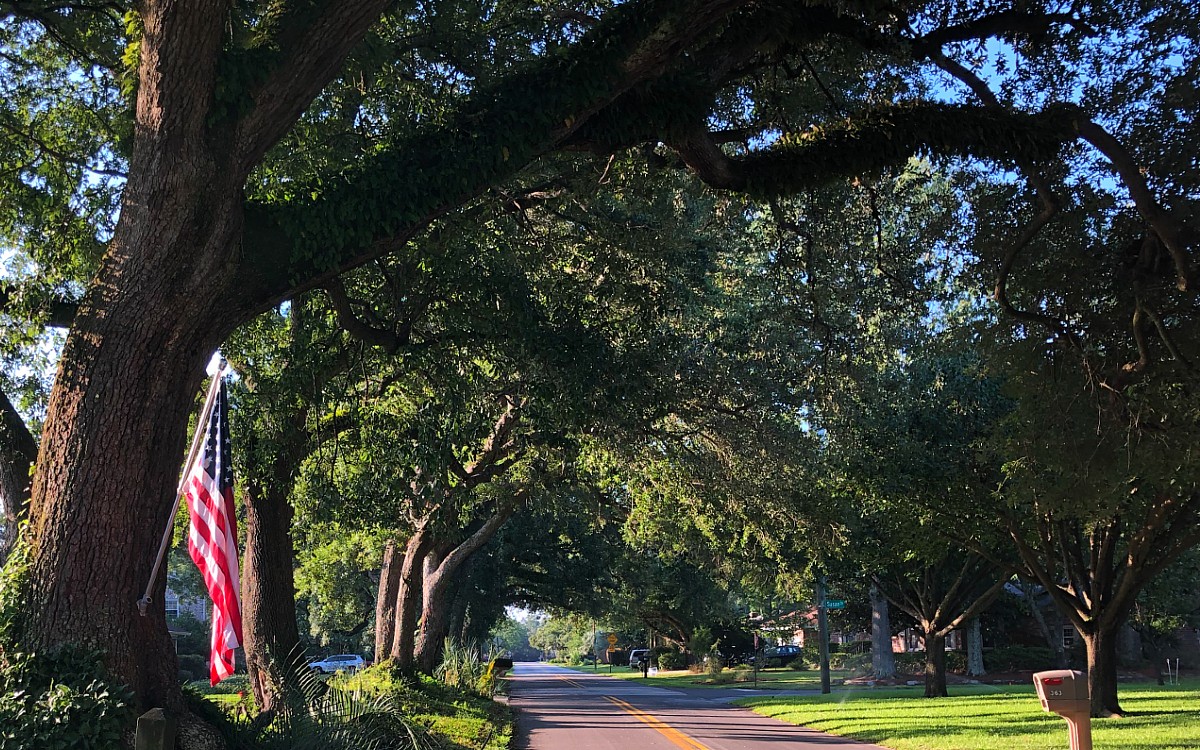
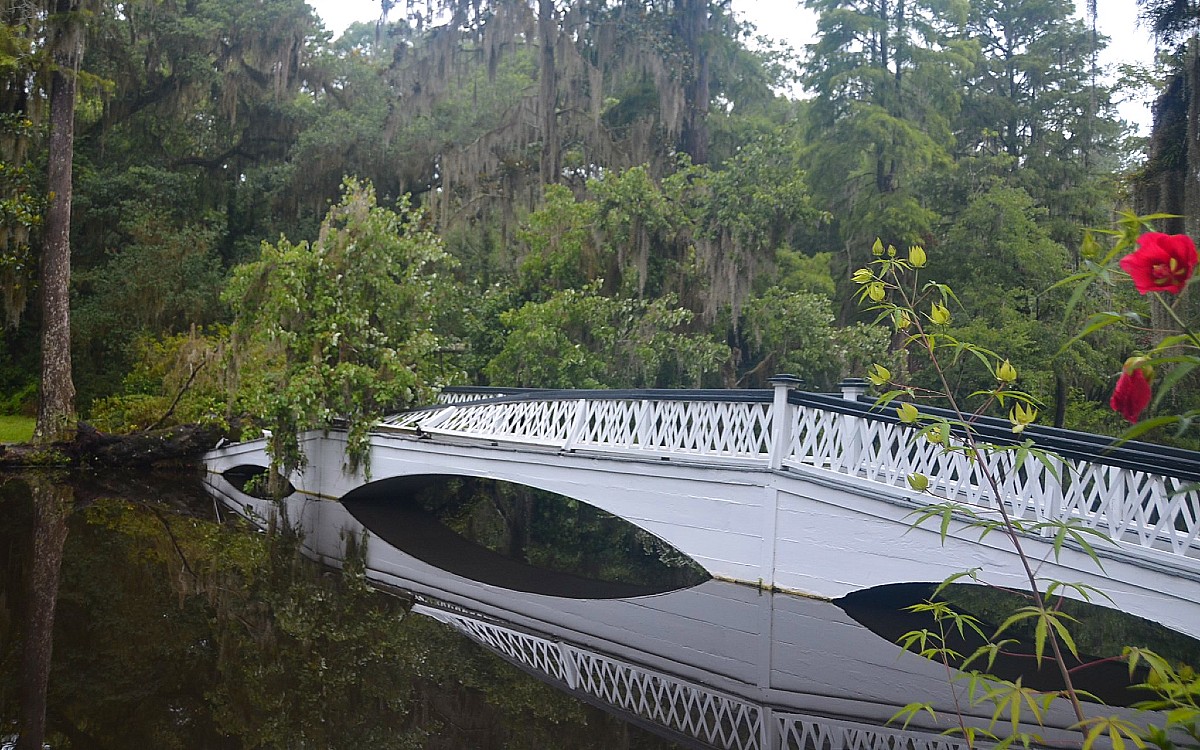


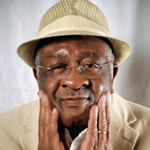

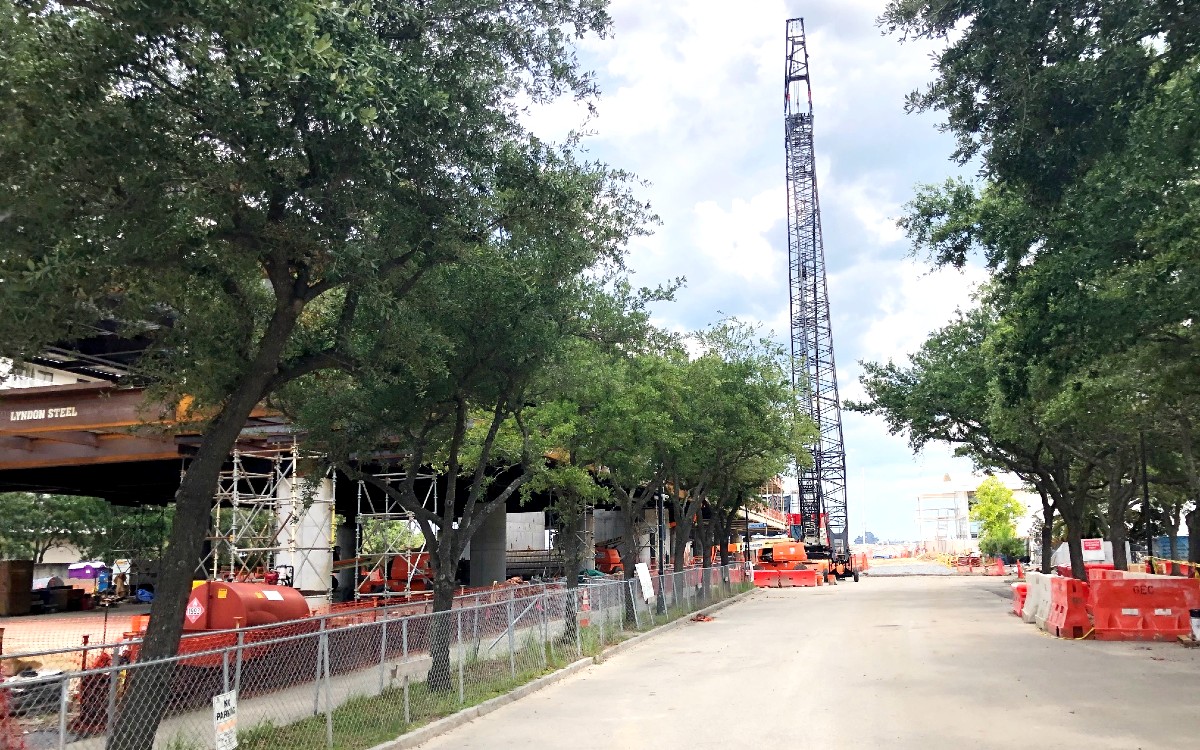
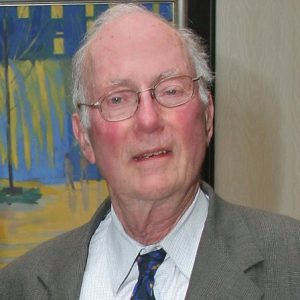

 We Can Do Better, South Carolina!
We Can Do Better, South Carolina!
























